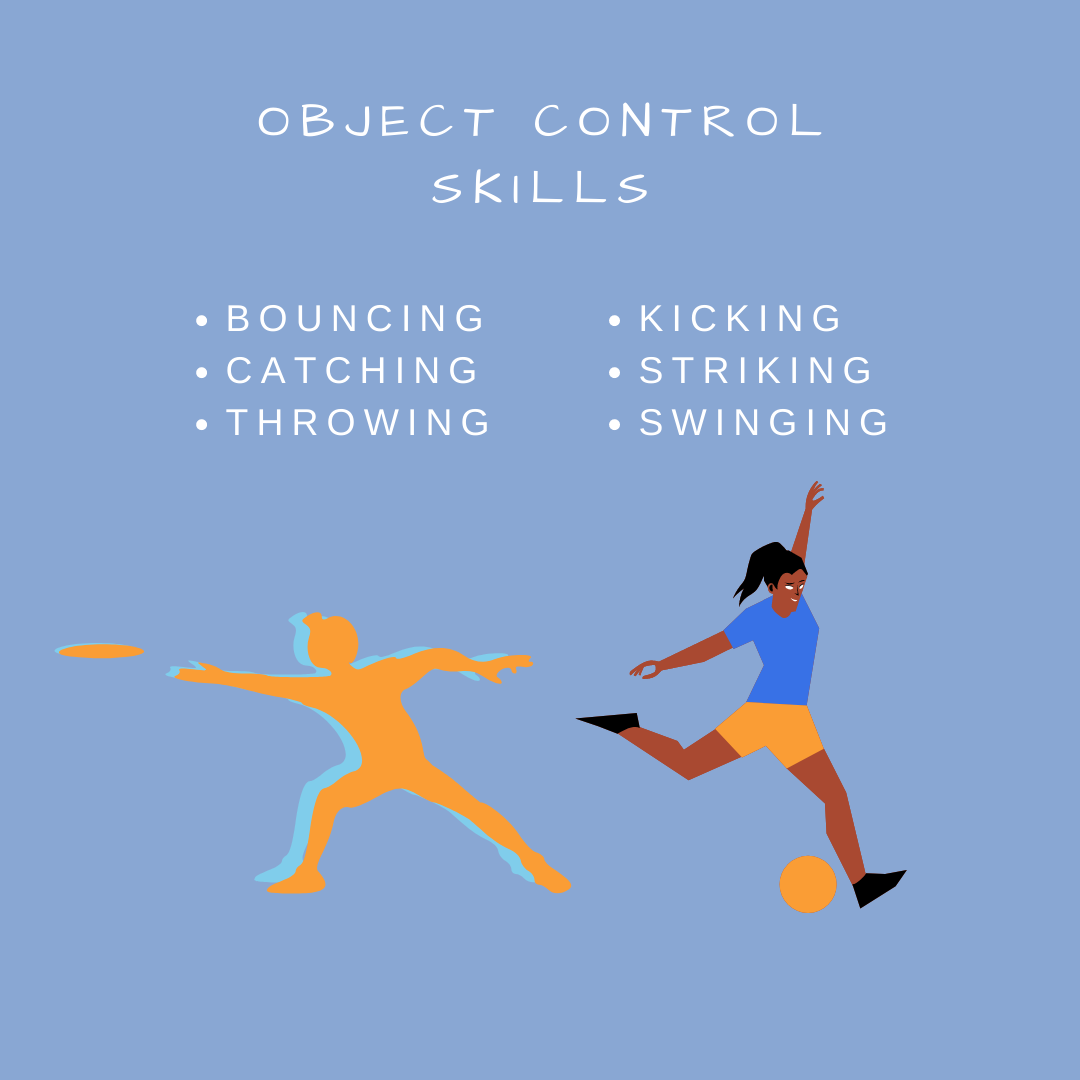How Do You Move - Foundational Human Movement
By Cameron Allshorn
Movement is a skill as much as any other. We spend a lot of time focusing on the outcome of movement rather than having much observation on how it happens in the process.
Movement involves a range of mechanics - some simple, others more complex - that connect and refer to each other to allow us to move in the multiplanar ways that we do. It is a key part of why, as Osteopaths, we will assess many regions of the body to manage a specific presenting complaint.
Our modern lifestyle means that we haven't the need for certain types of movement and for others there is an increased need. (i.e chairs, couches, benches and the like mean we spend more time in elevated sitting and less time squatting or at ground level)
Movement is a skill that we excel at during childhood, though it needs to be developed during childhood and refined as we age. Patterns of movement arise and the body will naturally adapt to what we do most often. There are 3 core groups of movement that move us - these are …
Locomotor
Movements that move us! such as walking, running, leaping, hopping, crawling.
Non-Locomotor
These movements we do mostly stationary usually while sitting or standing. Such as reaching, twisting, flexing, bending.
Object Control
throwing, catching, kicking or swinging which often combines both locomotor and non locomotor motion as other sensory components like vision and hearing.
Implementation of movement training can make a difference in the overall effectiveness of a training program and particularly when engaging in a new sport or activity. Moving well is a great way to reduce the risk of injuries and keep you doing whatever it is you want to be doing







